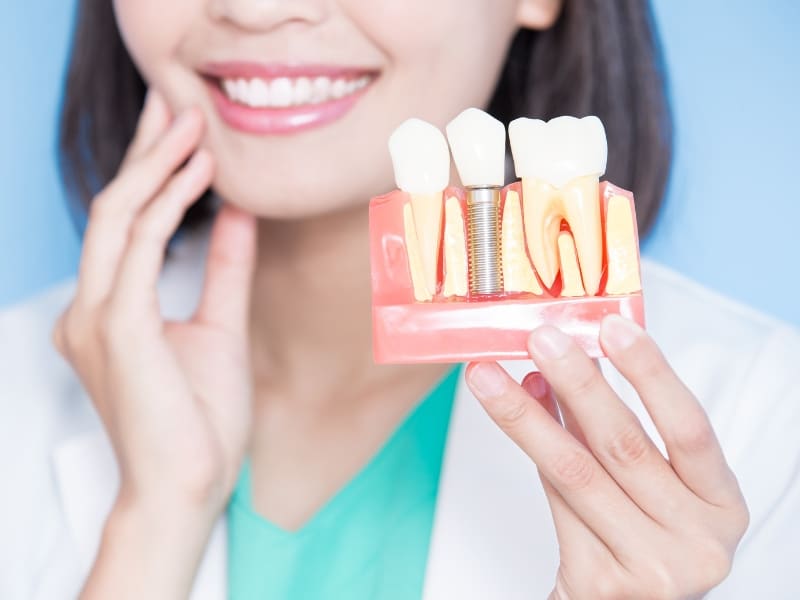Many people tend to avoid the dentist out of fear of pain. However, modern dentists are now investing in new technologies which have made going to the dentist relatively painless and hassle-free. When laser dentistry initially came out, it made unprecedented changes to teeth whitening and gum disease. We take a look at the top technologies that are currently making waves in the world of dentistry and cosmetic dental work. Risks and consequences may apply to any treatment. Always seek a second opinion when considering complex treatment. A referral to a specialist may be required in certain situations.
Digital X-Rays
Unlike traditional film and radiography-based x-rays, new digitised x-rays are much faster. Compared to older methods which sometimes took days, these new digital x-rays can be on-screen within seconds, and shared with your other dentists with a single click. What’s more, because the image is digital rather than analogue, your dentist is able to zoom in and closely look at any area of your mouth in great detail, without losing any picture quality. The biggest development with digital x-rays however, is that the radiation levels are significantly lower than traditional methods.
Digital Oral Scanners
X-rays are not the only piece of technology to become digitised. These days, dentists are able to utilise digital oral scanners which create a digital “map” or impression of your entire mouth and oral structure. Traditional methods would use impressions, often causing patients to gag in discomfort. However, new digital oral scanners ensure patients not only spend less time in the chair, but the use of newer materials are much more comfortable for patients. Furthermore, this new technology is far more accurate.

CAD/CAM Technology
This innovative technology is increasingly making waves in the dental profession. CAD (computer aided design) and CAM (computer aided manufacture) have made the process of tooth restorations easier and more accurate than traditional hand-moulding and sculpting. How it works is that an initial scan/digital impression is taken of your teeth. Once uploaded to the computer, the software then virtually restores your tooth’s missing areas and this virtual model is sent to a milling machine to be manufactured. As a result, your new crown will fit and function accurately.




